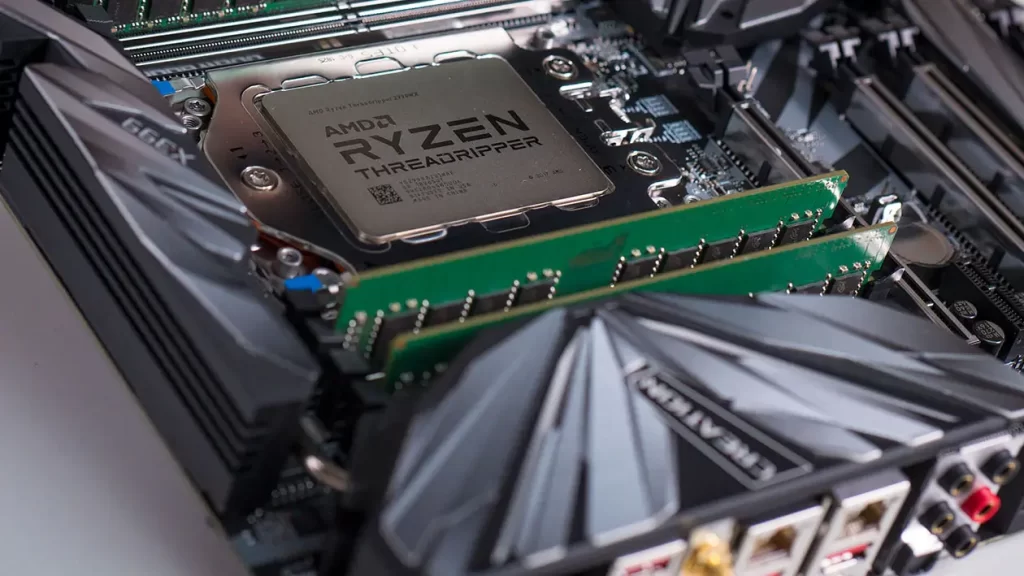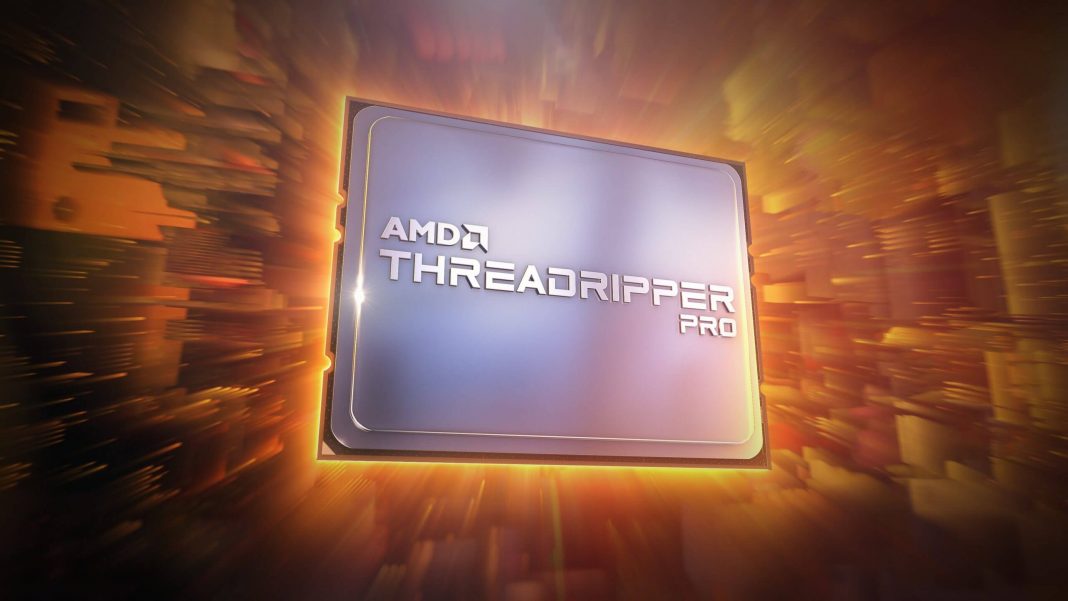You could crank the voltage up a bit and set the BCLK to 190/191MHz, and quickly you had a processor operating at 4GHz. From 2009 until 2017, Intel didn’t concern with selling mainstream desktop CPUs with more than four cores to the masses. If you desired something powerful, you had to move up to HEDT(High-End Desktop). There were six-core Guiftown CPUs in 2010, Sandy Bridge-E and Ivy Bridge-E stayed with six cores but moved to quad-channel DDR3 memory controllers, and Haswell-E increased the core count to eight in 2014, switching to DDR4 at the same time. Broadwell-E and the Core i7-6950X outperformed at ten cores and 20 threads for a staggering $1723 in 2016.
AMD was nowhere to be seen in the HEDT market, with the languishing Bulldozer derivatives trailing Intel CPUs that were several years old. And then Ryzen came into the picture. Unexpectedly AMD was part of the enthusiast CPU tale again, delivering eight-core/16- thread CPUs at competitive prices. The Ryzen 7 1700 was a $330 CPU that cruised the Core i7- 7700K in multi-threaded performance, all for a lower cost, and Intel was eventually forced to move beyond four-core CPUs on its mainstream LGA115x platform.

But AMD didn’t just strike the HEDT market with consumer parts; Threadripper was a full-scale attack on Intel’s most expensive CPUs. Threadripper 1950X gave users 16 cores for $1,000, eclipsing Intel’s leading solution. Intel’s answer with Skylake-E and chips such as the Core i9-9980XE might have somewhat reclaimed the crown for thread counts but at a considerably higher power draw. Then AMD doubled down with the second-generation Threadripper 2990WX delivering up to 32 cores and 64 threads. It was a blowout of, well, EPYC proportions.
In early 2020, AMD actually put the nail in the Intel HEDT coffin with a 64-core Zen 2-based Threadripper 3990X. Granted, at that moment, we had progressed well past what even heavy enthusiasts might consider buying, as Threadripper 3990X cost a cheeky $3,990 at launch. But unfortunately, Intel didn’t have anything that could challenge AMD’s multi-threaded family.

But that’s the end of the line for the standard Threadripper, as AMD now wants to unite HEDT with its Threadripper Pro models. Make no mistake, Threadripper Pro is a monster, with an eight-channel memory controller and 128 PCIe lanes. Regular Threadripper only offered up to 72 PCIe lanes and four-channel memory support. But the additional lanes and memory channels come at a cost, literally. There will be no Zen 3-based Threadripper CPUs, just Threadripper Pro and the WRX80 chipset and platform. Threadripper 3990X was already pricey at four grand, but its substitute, Threadripper Pro 5995WX, has the same 64-core/128-thread count and will command $6,499. Likewise, the 32-core Threadripper 3970X, which cost $1,999, has been superseded by the 32-core Threadripper Pro 5975WX at $3,299. And it’s not just more expensive CPUs; the motherboards cost more, and you have to populate eight memory slots instead of four.
This pricing, and the killing of all non-Pro models, are further indications that AMD has quietly pushed the Threadripper into professional territory. Originally, Threadrippers were sold as the extreme desktop chip, and AMD managed to push Intel off the top spot for the HEDT platform. So first, there was a 16-core desktop chip that sat neatly between the 8-core Ryzen desktop chips and the 32-core EYPCs, which were precisely server things. Then the 3000-series came with proper Pro versions and additional memory pipelines, straddling the markets. Finally, these 5000-series models are desktop processors for only the most dedicated, really being Xeon rivals.

At least for the time being, AMD is satisfied to serve the client market with products like Ryzen 9 5950X, which almost kills off the demand for Threadripper anyway. HEDT integrates into the workstation market, but it is less an integration and more the end of HEDT as an alternative. Possibly Intel will try to revive HEDT, with Core i9-12900K offering 24 cores and 32 threads and the Raptor Lake chips ready to offer 32 cores and 40 threads soon. Shifting to dual-channel DDR5-6400 should also mitigate bottlenecks from dual-channel memory controllers.
HEDT processors once reigned as the snappiest CPUs available, targetting tech enthusiasts who wanted more. It’s the end of an era, but AMD’s desktop processors are now multi-core monsters in their own right and don’t require a HEDT halo standard. Plus, the HEDT demand has pretty much faded, and Intel is barely concerned with it these days. So, it’s time to say farewell, HEDT. It was a fine run while it lasted.




